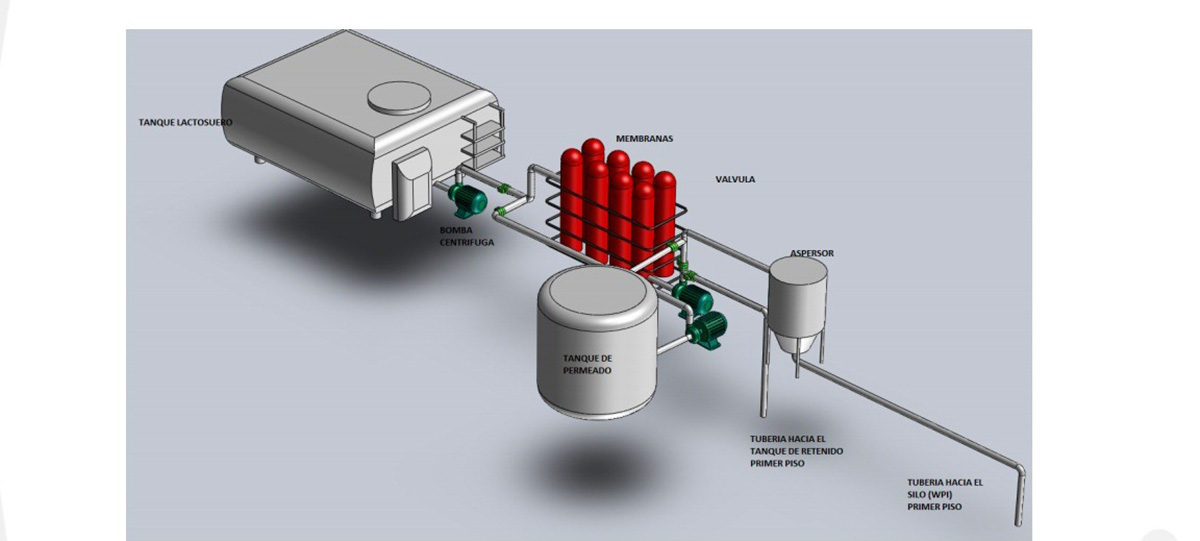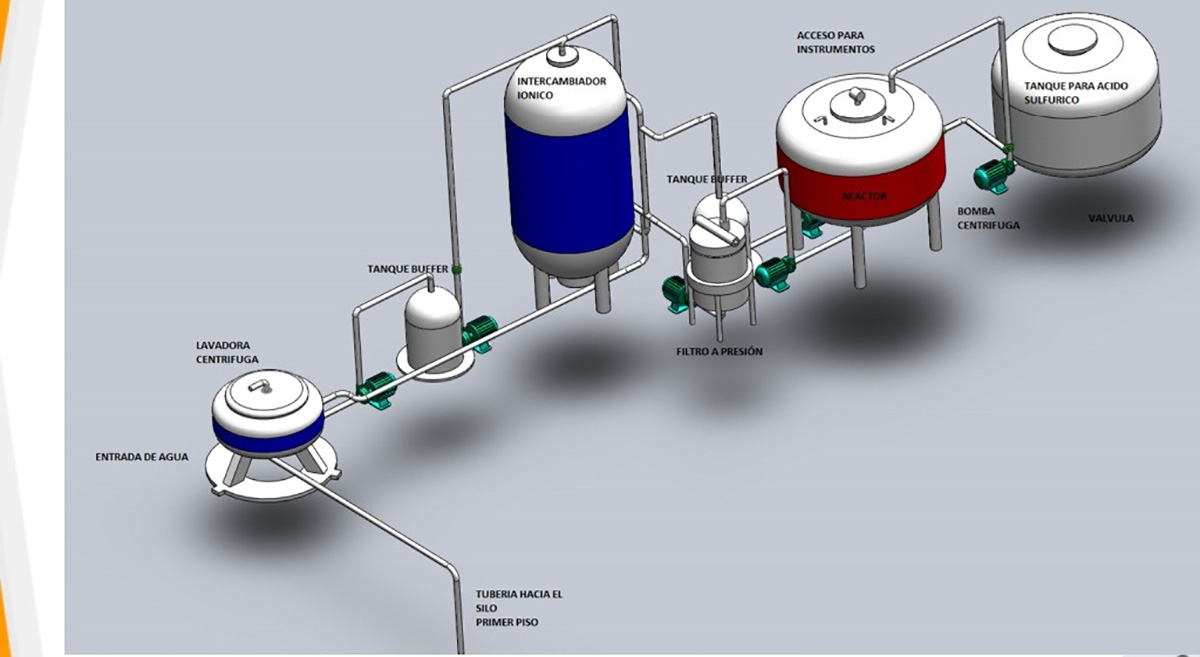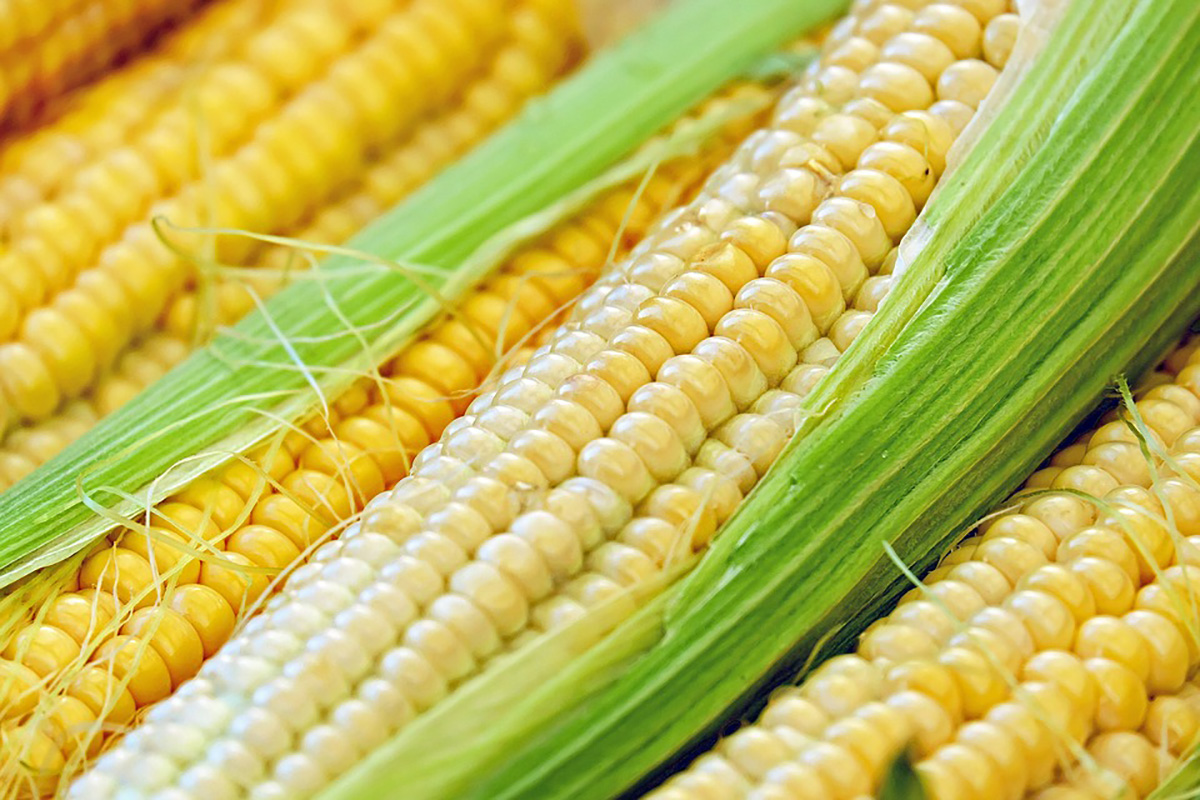Whey protein isolate (WPI) was the main material used for designing the straws as it is used as biopolymer for manufacturing plastic, and using cacao husk cellulose as reinforcement the students obtained a biodegradable material with physical and mechanical properties similar to current polymers.
The flexibility and resistance to oxygen permeability are features necessary for the extrusion processes, the most common in straw manufacturing. However just the whey is not enough, therefore it was necessary to include cacao husks as reinforcement.
"To obtain the whey we used acid hydrolysis and sulphuric acid as regent," said Industrial Engineer student Sebastián Ayazo Peñata, one of six designers of the straws.
Milk whey was micro-filtered to eliminate fat and impurities and then ultra-filtered. Then they obtained liquid protein and by aspersion, it was transformed into a powder.
"After having both materials they were submitted to an extrusion process, then mixed and heated to the fusion point of 165° C (329° F) to form the straw through an extrusion nozzle. Then it is cooled and cut," said Ayazo.
Customized plant
In order to carry out the process they had to design a technified plant layout to produce the less amount of waste, also require very few workers. The idea is to not have much handling due to the use of a very corrosive chemical compound (sulphuric acid).
"The issue is not the product (straws) but the material which they are made of," said Ayazo. This was the main incentive to carry out the project with alternative products as the straws in the market are made of polypropylene and polyethylene and made with fossil fuels and also take up to 1,000 years to degrade and usually end up in the sea, impacting the marine envionment.
"The good thing about these two materials is that they are food industry byproducts. Cacao husks come from chocolate production and whey protein isolate from cheese production," added Ayazo.
 Correo Electrónico
Correo Electrónico
 DNINFOA - SIA
DNINFOA - SIA
 Bibliotecas
Bibliotecas
 Convocatorias
Convocatorias
 Identidad UNAL
Identidad UNAL







